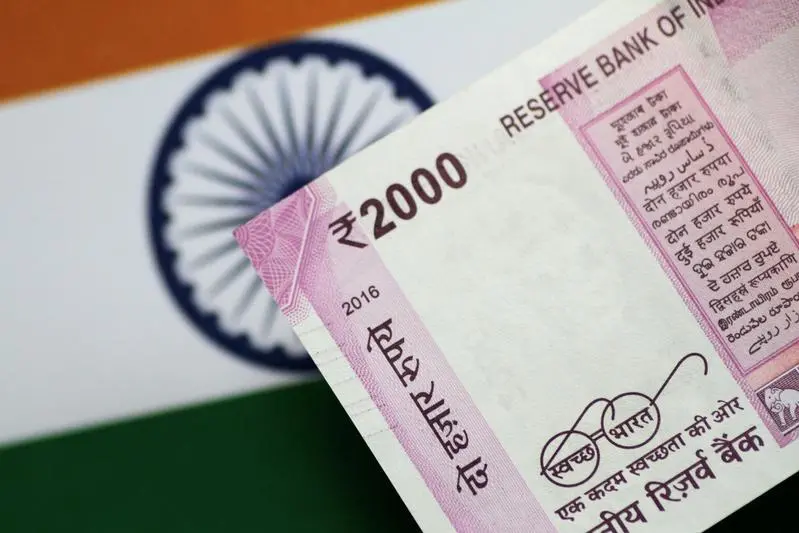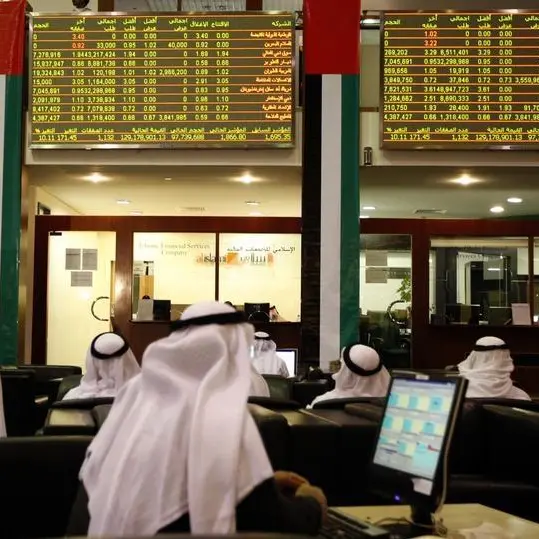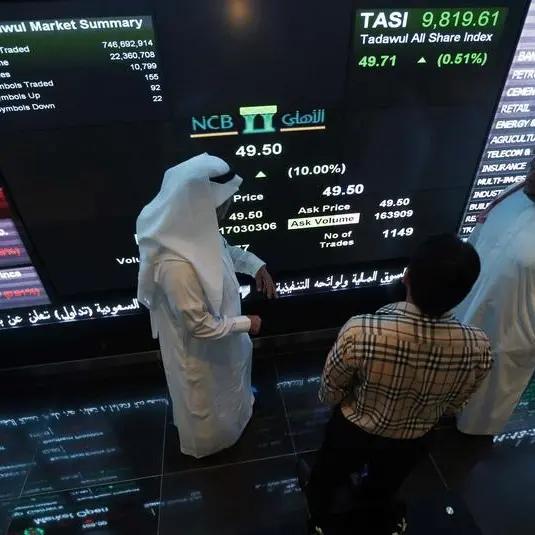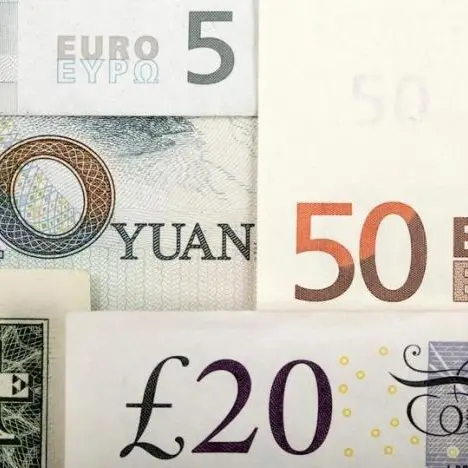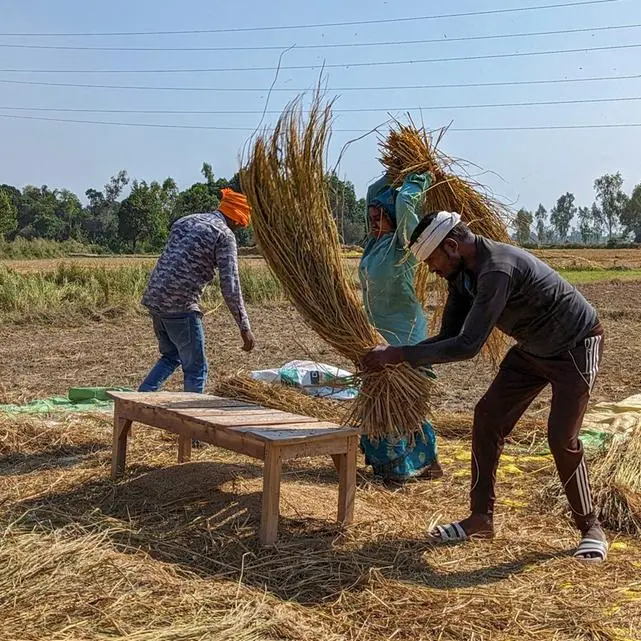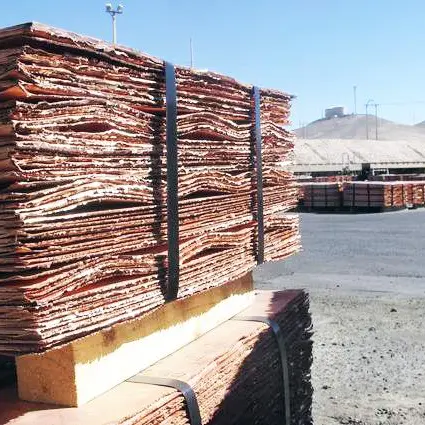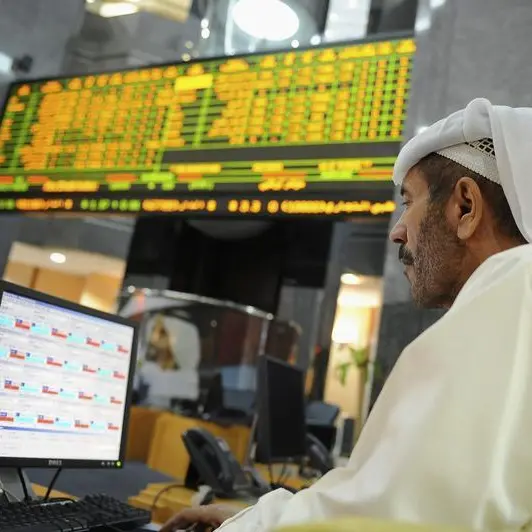PHOTO
India retained its position as the world's top remittance recipient as global remittances rebounded 7 per cent to $613 billion in 2017, from $573 billion in 2016, driven by higher oil prices and a strengthening of the euro and rouble, World Bank said on Monday.
Remittance inflows improved in all regions and the top remittance recipients were India with $69 billion, followed by China ($64 billion), the Philippines ($33 billion), Mexico ($31 billion), Nigeria ($22 billion) and Egypt ($20 billion), the Bank said in its latest "Migration and Development Brief."
In 2018, remittances are expected to continue to increase by 4.1 per cent to reach $485 billion. Global remittances are expected to grow 4.6 per cent to $642 billion in 2018, said the report.
Remittances to the Middle East and North Africa grew 9.3 per cent to $53 billion in 2017, driven by strong flows to Egypt, in response to more stable exchange rate expectations.
"However, the growth outlook is dampened by tighter foreign-worker policies in Saudi Arabia in 2018. Cuts in subsidies, increase in various fees and the introduction of a value added tax in some Gulf countries have increased the cost of living for expatriate workers. In 2018, growth in remittances to the region is expected to moderate to 4.4 per cent to $56 billion."
Remittances to South Asia grew a moderate 5.8 per cent to $117 billion in 2017. "Remittances to many countries appear to be picking up after the slowdown in 2016, the bank noted. Remittances to India picked up sharply by 9.9 per cent to $69 billion in 2017, reversing the previous year's sharp decline to $62.7 billion. Flows to Pakistan and Bangladesh were both largely flat in 2017, while Sri Lanka saw a small decline (-0.9 per cent). In 2018, remittances to the region will likely grow modestly by 2.5 per cent to $120 billion.
The upsurge in remittances to India is likely to continue into 2018 on the back of stronger economic conditions in advanced economies (particularly the US) and an increase in oil prices that should have a positive impact on the GCC countries.
In Pakistan, after slow growth in 2016 (2.4 per cent), remittances remained nearly flat in 2017 largely due to significant declines in inflows from Saudi Arabia (the largest remittance source) towards the end of the year. "This trend continued into early 2018, but remittance flows from the UAE, the UK, and the US accelerated."
Promoth Manghat, chief executive officer, UAE Exchange, said the surge in transfers is mainly due to strong economic conditions in developed economies like GCC, US and Europe. "The rise in oil prices has further impacted the same. Indian economy's promising growth, depreciating INR and speculation on interest rate increase triggered remittances, especially high ticket transactions."
As per UAE Central Bank report, the total remittances outflows from individuals in the UAE stood at Dh164.4 billion, with India being the primary receiving destination accounting for 35.2 per cent of the total outflows at Dh57.9 billion, said Manghat.
Adeeb Ahamed, managing director, Lulu Financial Group, said while global remittance picked up due to strong economic revival in the developed nations, including Europe and the US, there was limited growth for remittances from the GCC region to outside countries.
"In 2018, we expect remittances to pick up on account of recovery of oil prices which might give scope for better employment opportunities and weakening of currencies. By and large, the geopolitical situation in the region that results in the hike in oil prices is the major factor which is dictating the currency movement currently," said Ahamed.
While India retained the top position with nearly $69 billion in remittances, it has reversed the previous year's decline by a substantial percentage. However, remittances to other south Asian countries including Pakistan, Bangladesh and Sri Lanka remained rather subdued.
"While remittances are growing, countries, institutions, and development agencies must continue to chip away at high costs of remitting so that families receive more of the money. Eliminating exclusivity contracts to improve market competition and introducing more efficient technology are high-priority issues," said Dilip Ratha, lead author of the World Bank brief.
The World Bank noted that South Asia had the lowest average remittance costs of any world region (at 5.2 per cent) in the first quarter of 2018 while the global average cost of sending $200 was 7.1 per cent in the first quarter of 2018, more than twice as high as the Sustainable Development Goal target of three per cent. Some of the lowest cost corridors (in 2017), originating in the GCC and the Association of Southeast Asian Nations countries, had costs below the SDG target.
Longer-term risks to growth of remittances include stricter immigration policies in many remittance-source countries. Also, de-risking by banks and increased regulation of money transfer operators, both aimed at reducing financial crime, continue to constrain the growth of formal remittances. Major barriers to reducing remittance costs are de-risking by banks and exclusive partnerships between national post office systems and money transfer operators. These factors constrain the introduction of more efficient technologies - such as internet and smartphone apps and the use of crypto-currency and blockchain - in remittance services.
Copyright © 2018 Khaleej Times. All Rights Reserved. Provided by SyndiGate Media Inc. (Syndigate.info).
